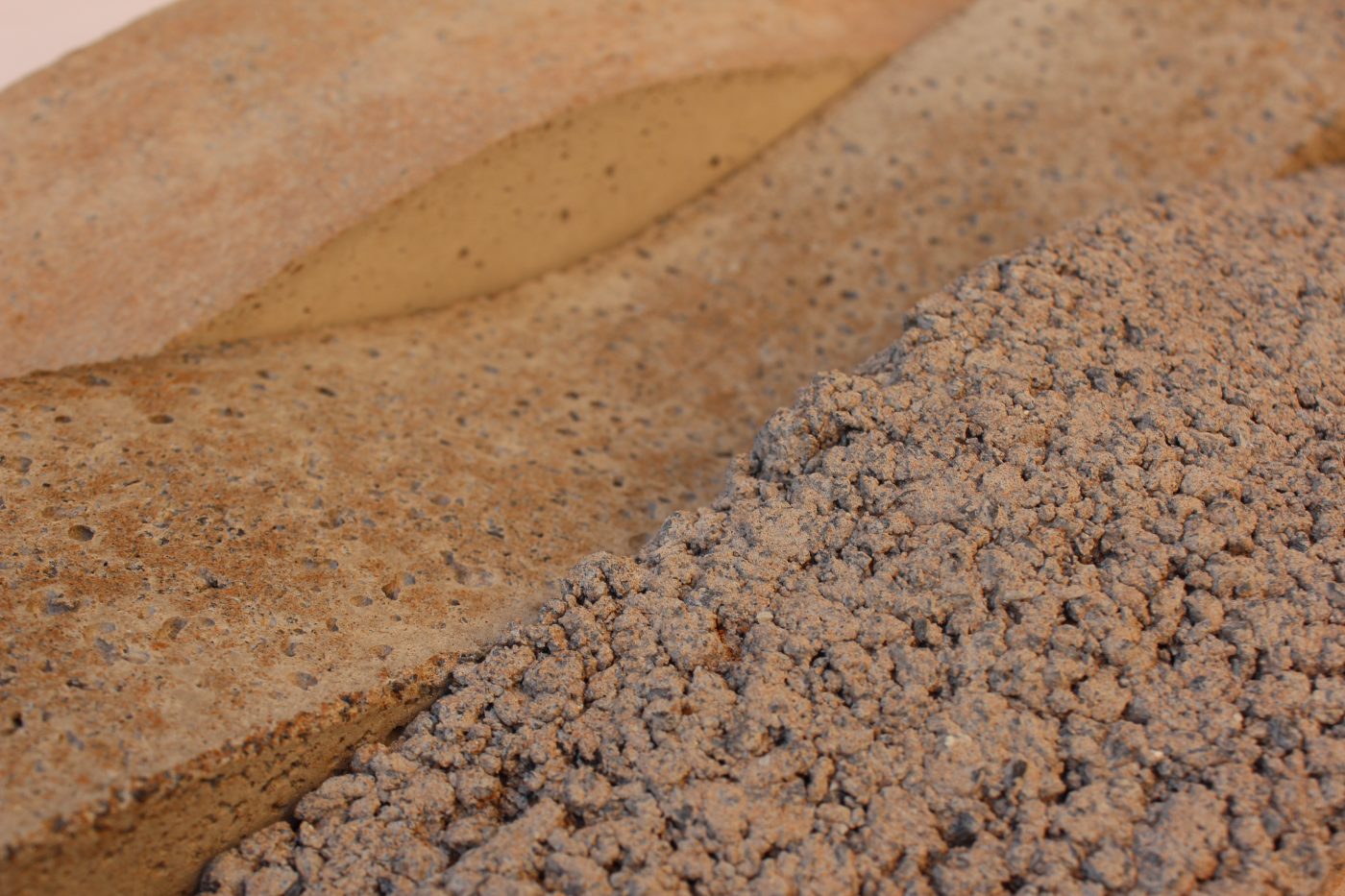
|
|
# 2021 Ramel |
|
The UAE is the 5th largest importer of construction sand in the world, in spite of the fact that it is 80% desert. Construction sand is extracted from mines, riverbeds, or offshore, causing significant environmental damage. Through research and testing, it is being shown that desert sand, mixed with by-products of industrial processes, can provide a strong alternative to imported sand: initially for use in small-scale projects, and with further testing potentially be applied to larger-scale buildings. As well as being extremely beneficial to the architecture and construction industry, this material could result in a significant reduction in global carbon footprint.
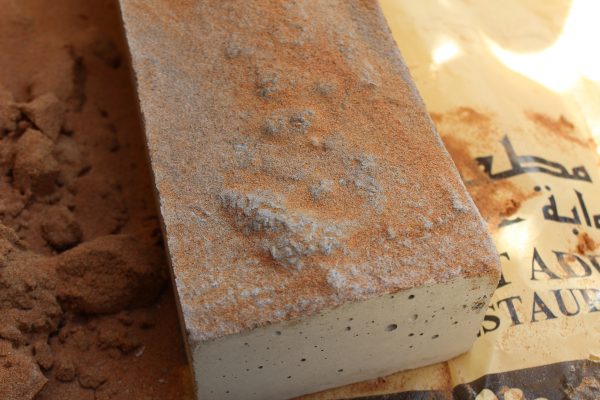
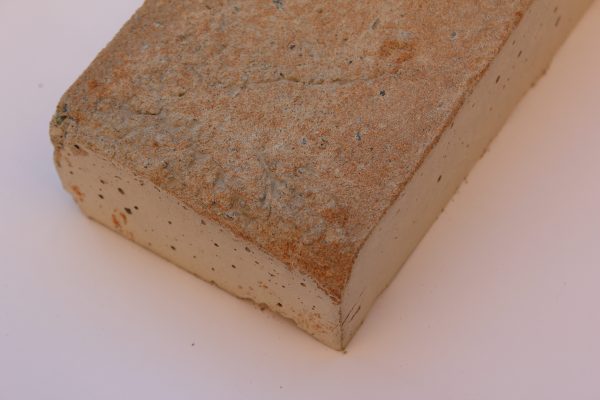
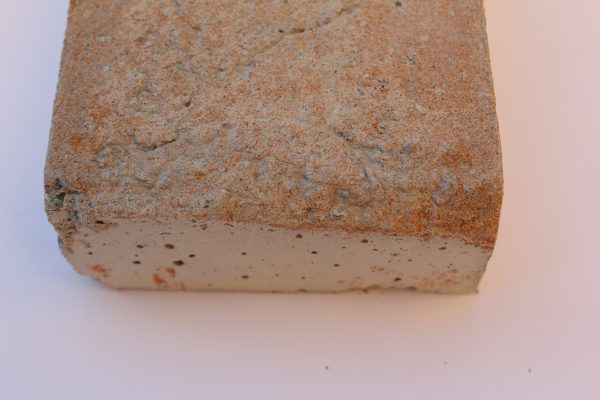
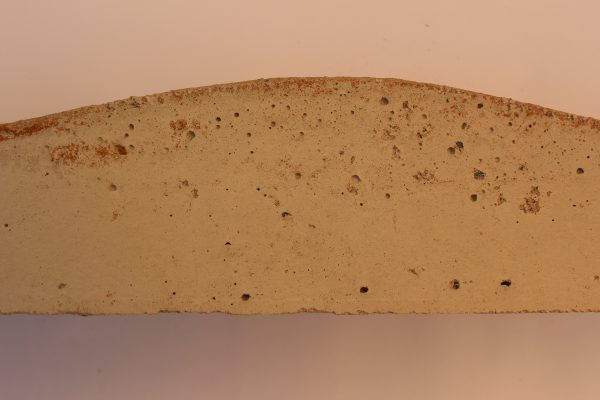
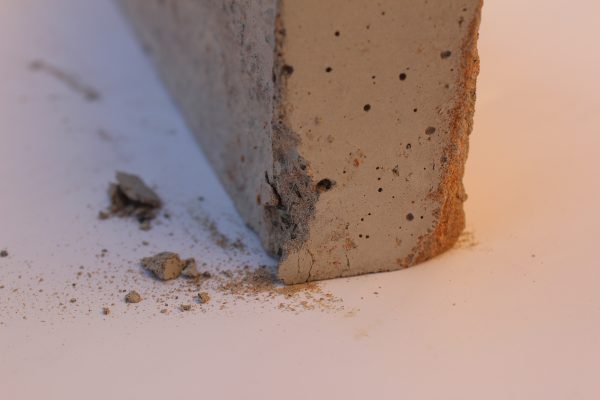
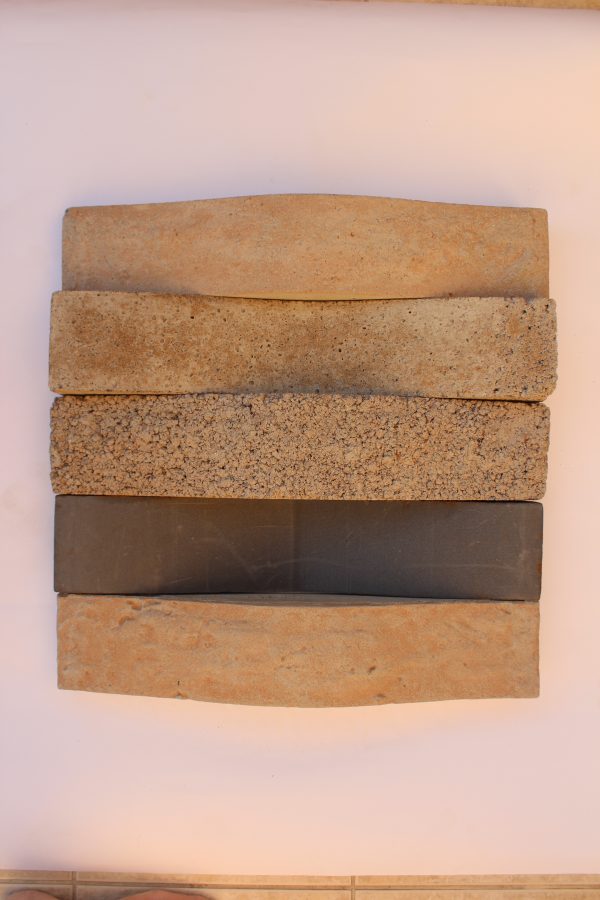
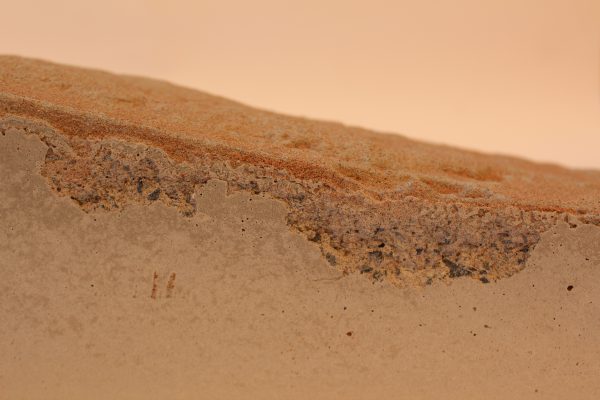
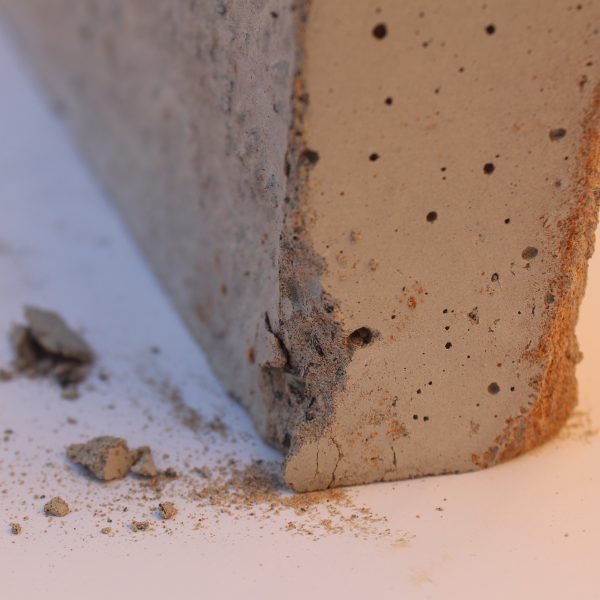
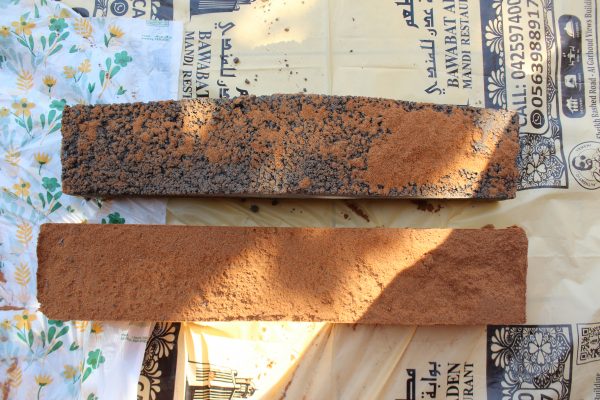
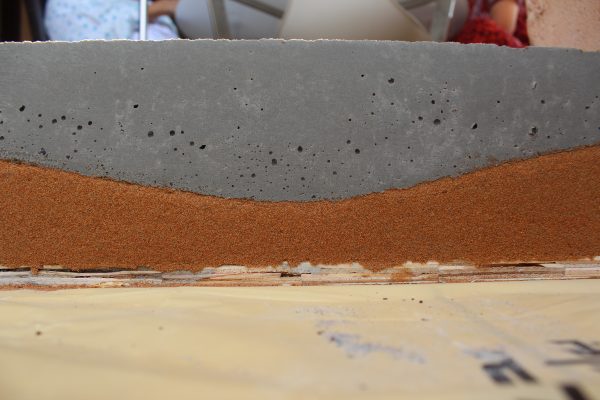
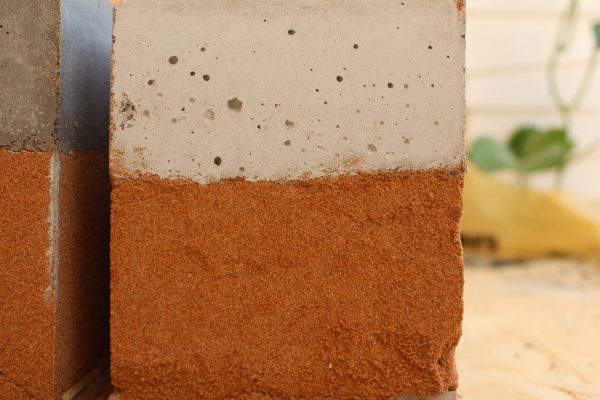
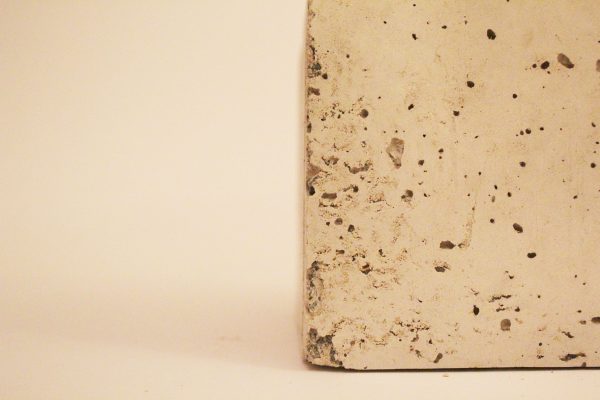
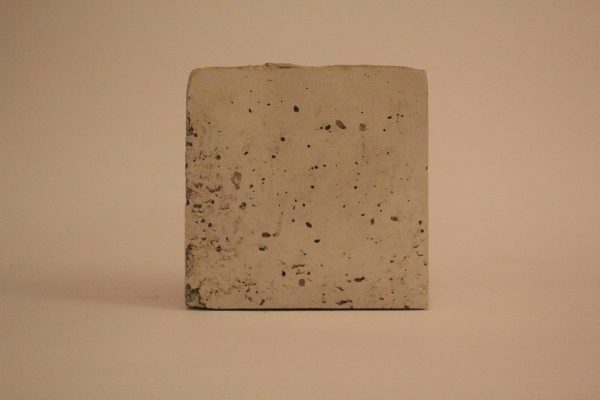
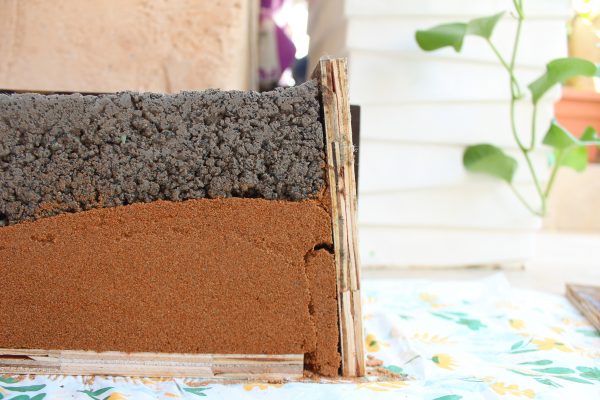
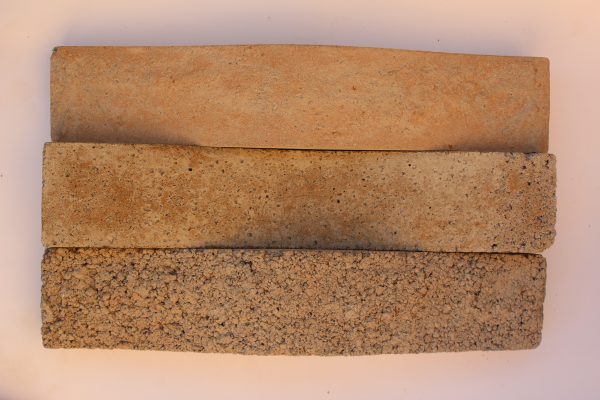
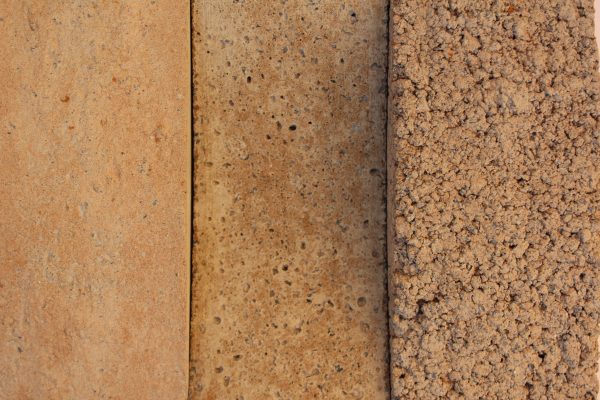
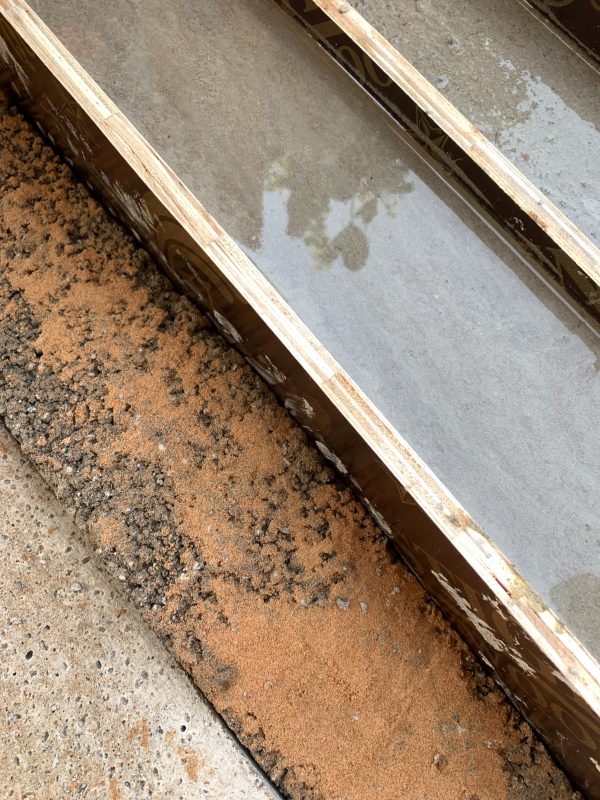
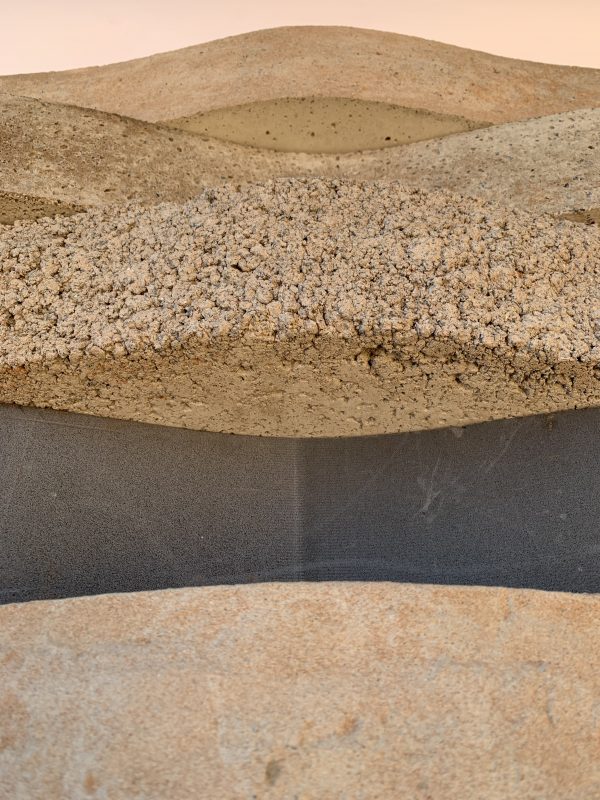
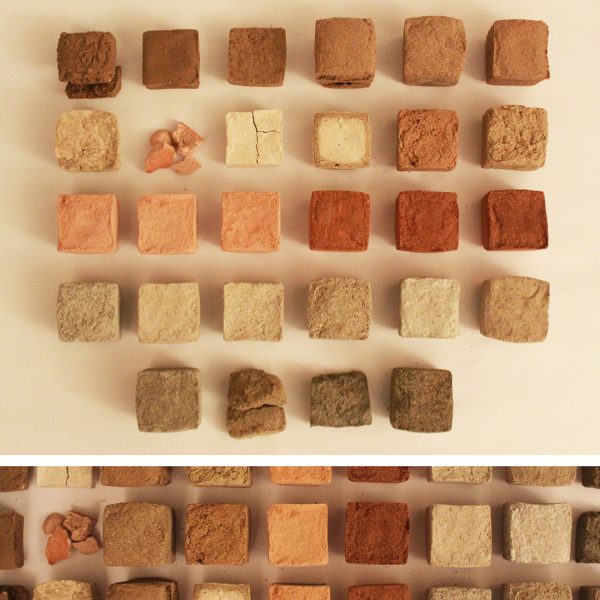
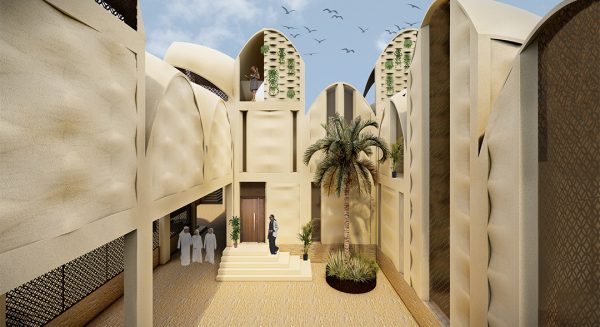
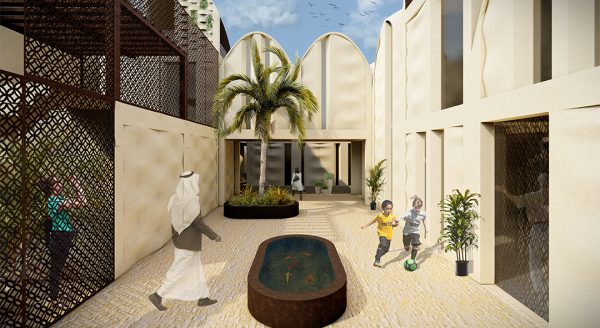
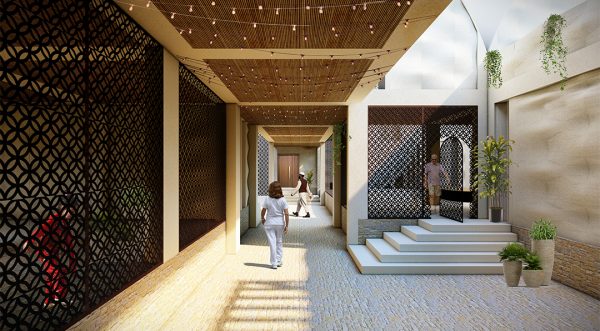
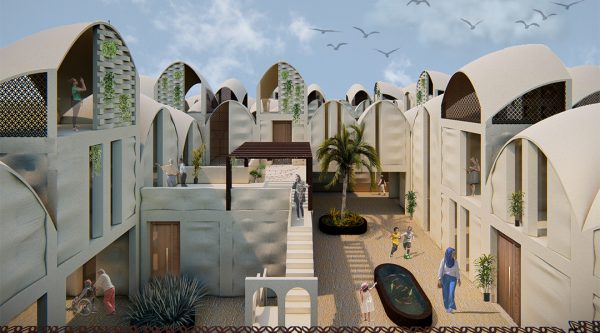
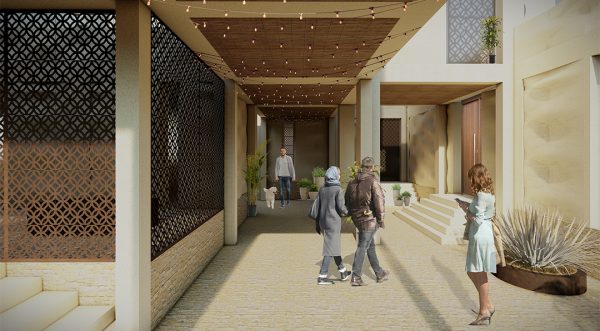
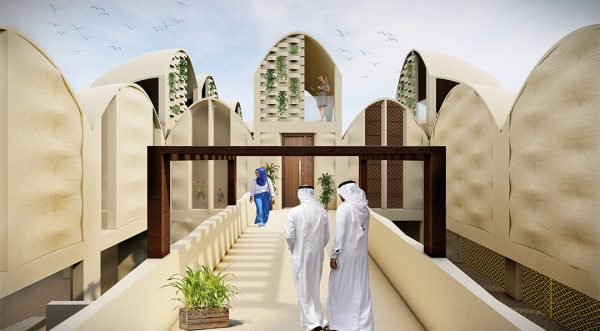
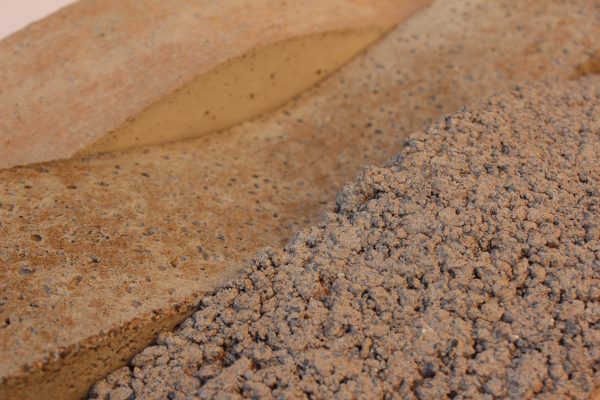

An interactive toolkit for schoolchildren to learn about traffic safety

The Oslo School of Architecture and Design
A digital platform to encourage community participation in city planning
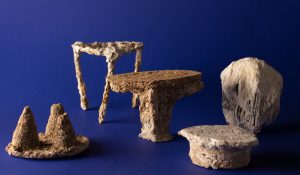
Royal Academy of Art, The Hague
Transforming limescale waste from water softening processes into building material
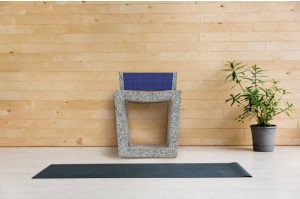
Transforming abandoned fishing nets into sustainable urban furniture